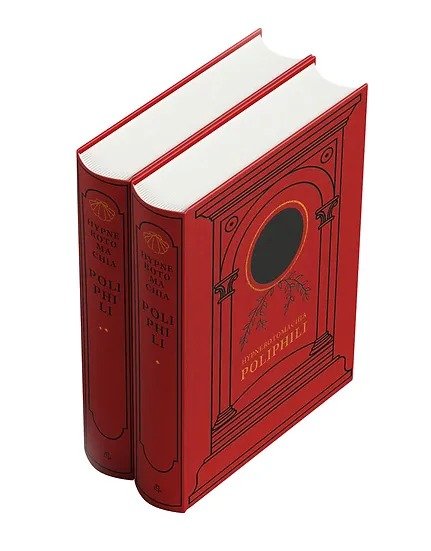

The Red Dragon
The Red Dragon, also known as "The Grand Grimoire" is one of the most sensational and notorious black magic Grimoires. It gives explicit instructions on how to call up and make a pact with the Devil’s prime minister in Hell, Lucifuge Rofocale.

Pseudomonarchia Daemonum
In 1577, Johann Weyer appended a short work titled Pseudomonarchia Daemonum to his treatise on the falsehoods of witchcraft and the magical arts, De Praestigiis Daemonum.

Le Petit Albert
In some respects, Le Petit Albert was the epitome of the Bibliothèque Bleue grimoires: it appeared from virtually nowhere in the early eighteenth century, was almost immediately condemned by the censor, and was spread across France by itinerant booksellers passing from village to village, town to town.

The Martyrdom of St Cyprian
In the 5th century Aelia Eudocia, the Empress of Byzantium, composed an epic poem on the crimes and salvation of Cyprian, a professional magician who is presented as the embodiment of everything a magician can be, who ran up against a devout teen in Antioch.

Enchiridion Leonis Papae
When Marie Bosse was arrested in Paris, in January 1679, among her possessions was a copy of an unusual magical text. The Enchiridion Leonis Papae — Pope Leo's Handbook — has since acquired notoriety as a work of 'black magic', largely due to its association with the subsequent 'Affair of the Poisons', and the aura it acquired among 19th-century occult revivalists.

Emblemata
Alciato was a jurist and writer, born in Milan in 1492, he is the founder of the school of legal humanists, but his most famous work remains the Emblemata, first published in 1531. This emblem book combines Latin verses with accompanying woodcuts creating a new genre that reached enormous popularity.

The Black Pullet
Dismissed by A.E. Waite as the probable work of mischievous priests in Rome, The Black Pullet is a ‘novella of ideas’ grounded in the Egyptomania that gripped France in the 1820s.

Ars Goetia
The Lemegeton - The Little Key of Solomon - is the name of a family of seventeenth and eighteenth-century manuscripts inspired by Johannes Weyer's Pseudomonarchia on the one hand, and Reginald Scot's Discoverie of Witchcraft on the other, drawing upon Agrippa and Peter of Abano along the way.

De Occulta Philosophia: Volume 4 - The Fourth Book
This final section of "The Three Books of Occult Philosophy" includes new translations of extracts from Agrippa's work "De Incertitudine et Vanitate Scientiarum" (1530) and the potentially apocryphal "Liber Quartus de Occulta Philosophia" (1559), which also contains the Heptameron, or Elementa Magica de Petri de Abano.

De Occulta Philosophia: Volume 3 - Ceremonial Magic
Agrippa's unique aspects in this book include his fluid use of terminology, moving between 'God' and 'the gods,' and his emphasis on silent contemplation as the best form of prayer.

De Occulta Philosophia: Volume 2 - Celestial Magic
Book Two of Agrippa's work, "Celestial Magic", explores the celestial realm and can be divided into two parts.

De Occulta Philosophia: Volume 1 - Natural Magic
In "Natural Magic," Agrippa discusses how virtue, or power and energy, is present in everything and flows down from the divine to the physical world. He believed that matter and mind are not separate but part of a single substance.


Natural Magic
Our edition of Della Porta's Natural Magick is based on the 1658 London edition, which in turn was a translation of the expanded Latin edition of 1589 in twenty books.
